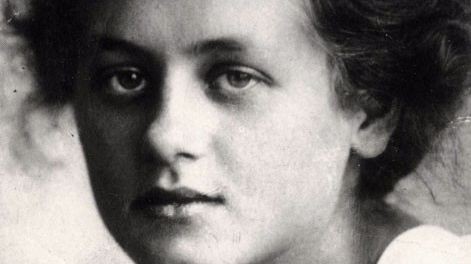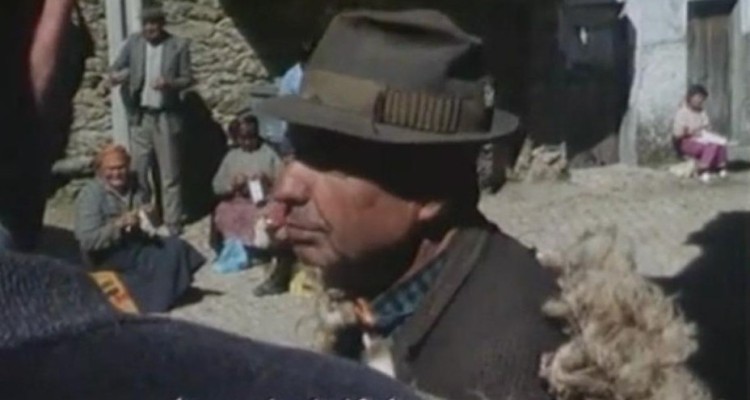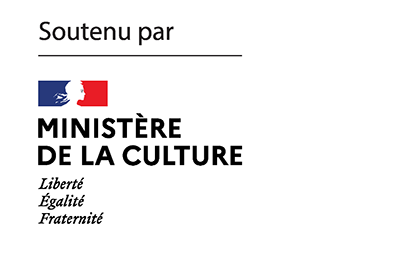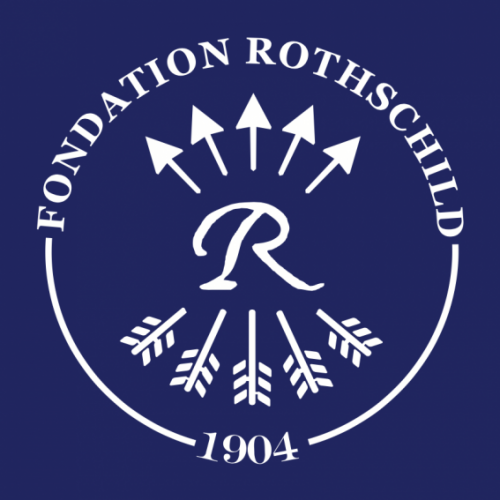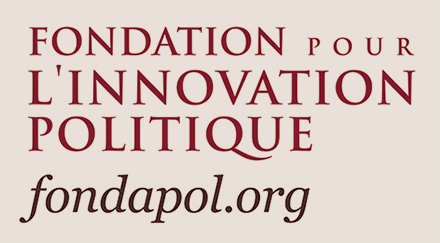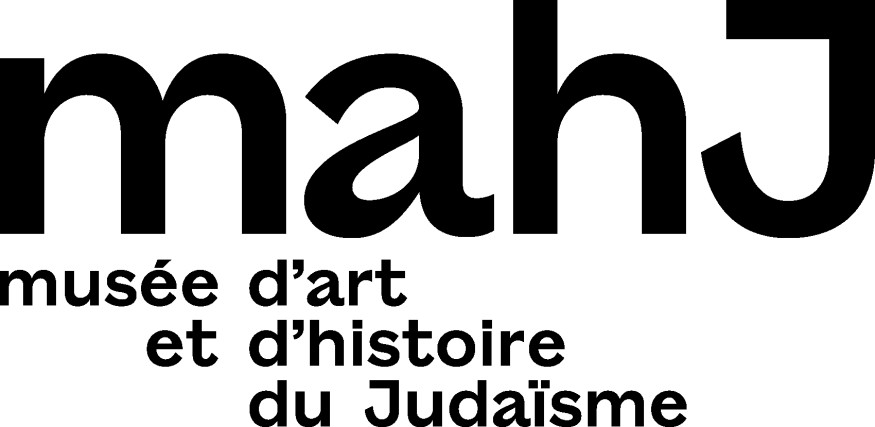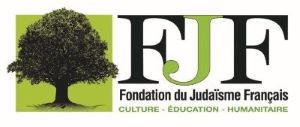The exhibition conceived by curator Isabelle Cahn and designed by Joris Lipsch at the mahJ[1] — Proust du côté de la mère[2]– collects the mementos of Proust’s Jewish condition[3]. It also solicits a plastic reflection on the modern Jews’ sense of art and its history, on the museum institution itself, on the power of the image and its effect on the gaze as well as on thought — so many themes, incessantly worked on in The Search for Lost Time, on which Avishag Zafrani returns for K.
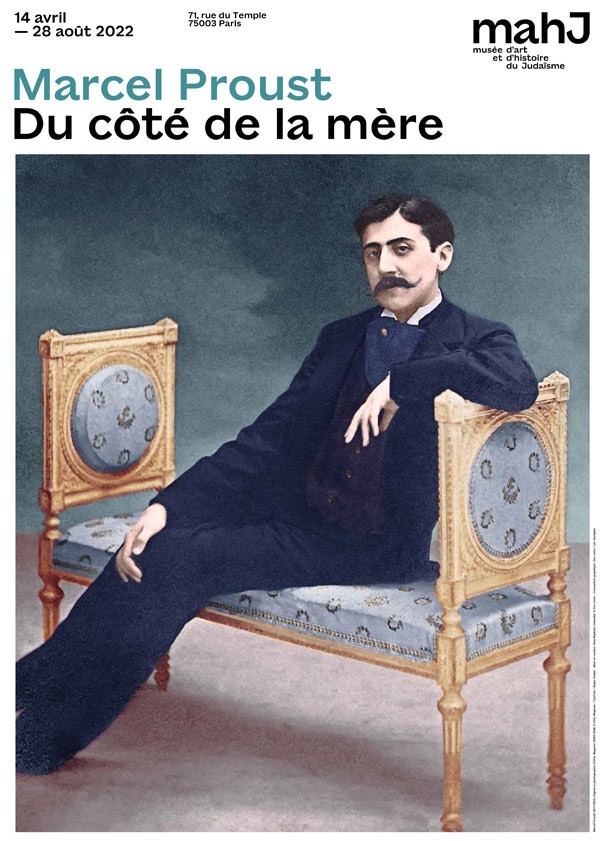
“Museums are houses that house only thoughts”
Marcel Proust.
On the scene of John Ruskin[4] who wanted to see Rembrandt’s paintings in a museum one last time, Marcel Proust was, as he often does, projecting a principle of rebirth and resurrection, that is, the ultimate contemplation of “a reality that was to dominate death” and ward off the fading of the years. If the museum is a home for Ruskin, according to Proust, it is also the place where works are stored that act as a moral escape, a displacement of representations of the world. These are therefore houses that house thoughts, but a singular kind of thought that shapes the narrative of the author of La Recherche: a pictorial thought. Two things are therefore important to us in an exhibition devoted to Marcel Proust: to recover the essence of this contemplation, and to perceive an aesthetic atmosphere within which a mind has stretched itself in a certain way to grasp reality. Two things that are already difficult to achieve and that certainly require a disposition at the crossroads of art, philosophy, and literature. Let us add a difficulty that the Museum of Jewish Art and History has proposed to address: to also expose the Jewish dimension of the work.
Several exhibition routes can therefore be outlined: that of the facts: the genealogy, the filiation, which opens the exhibition on the side of the mother, Jeanne Weil, granddaughter of Baruch Weil, founder of a porcelain factory, and circumciser. That of a Jewish condition that is changing, particularly in the wake of the Dreyfus affair. The Jewish figures who appear in the work, religious or not, such as Esther, Bloch and Swann. Finally, there are signs of attachment to distinctive traditions, such as the small pebbles placed on the grave of Proust’s Jewish grandfather, which he regrets not being able to perpetuate when illness prevents him from doing so. These clues are explicit, but as the source of writing and artistic creation are also to be found in the secret depths of psychic life, we would like to consider the reception of this exhibition from another, more formal angle. As if the Proustian view of art were a sign of a morphology of thought that tells something of his (the) Jewishness, while simultaneously concealing it.
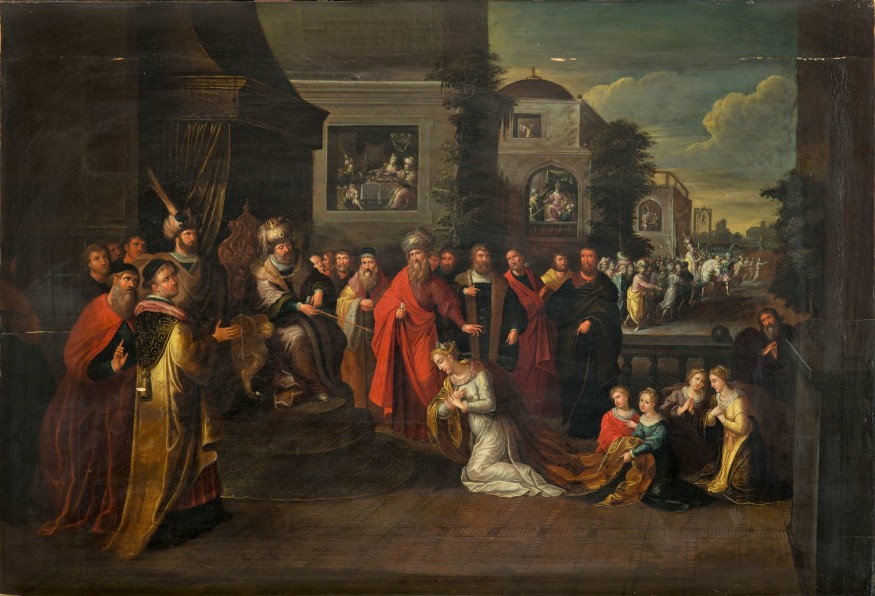
It would perhaps be simpler to start from remembrance, from the surviving images, from memories, which are more Jewish themes – but we will find them again. La Recherche is itself an imaginary museum, also made of real works, decorated with references to Italian painting or the light of Flemish painting, serving as a mirror for the feelings of the characters, who, tilted in a certain way, are reminiscent of the allure of a renaissance painting, and thus increase the beauty and importance of both. Art mediates a redoubling of existence, which is the motor of Proust’s research and writing. In this respect, it was necessary for many paintings to intervene in the exhibition, just as they intervene in his texts, notably by critics on Proust’s art and painting. Thus it is possible to see masterpieces at the mahJ that illustrate, depending on the painter and the subject, for example, the organisation of a social environment (James Tissot’s painting in particular), anecdotes from La Recherche (Manet’s Asperge), the Dreyfus trial (Maurice Feuillet’s drawings). Or again, perspectives and atmospheres (the paintings of Caillebotte, those of Vuillard, who frequented the same circles as Proust), and the paintings of Helleu and Eugène Boudin to rediscover the life of young girls in bloom by the sea.
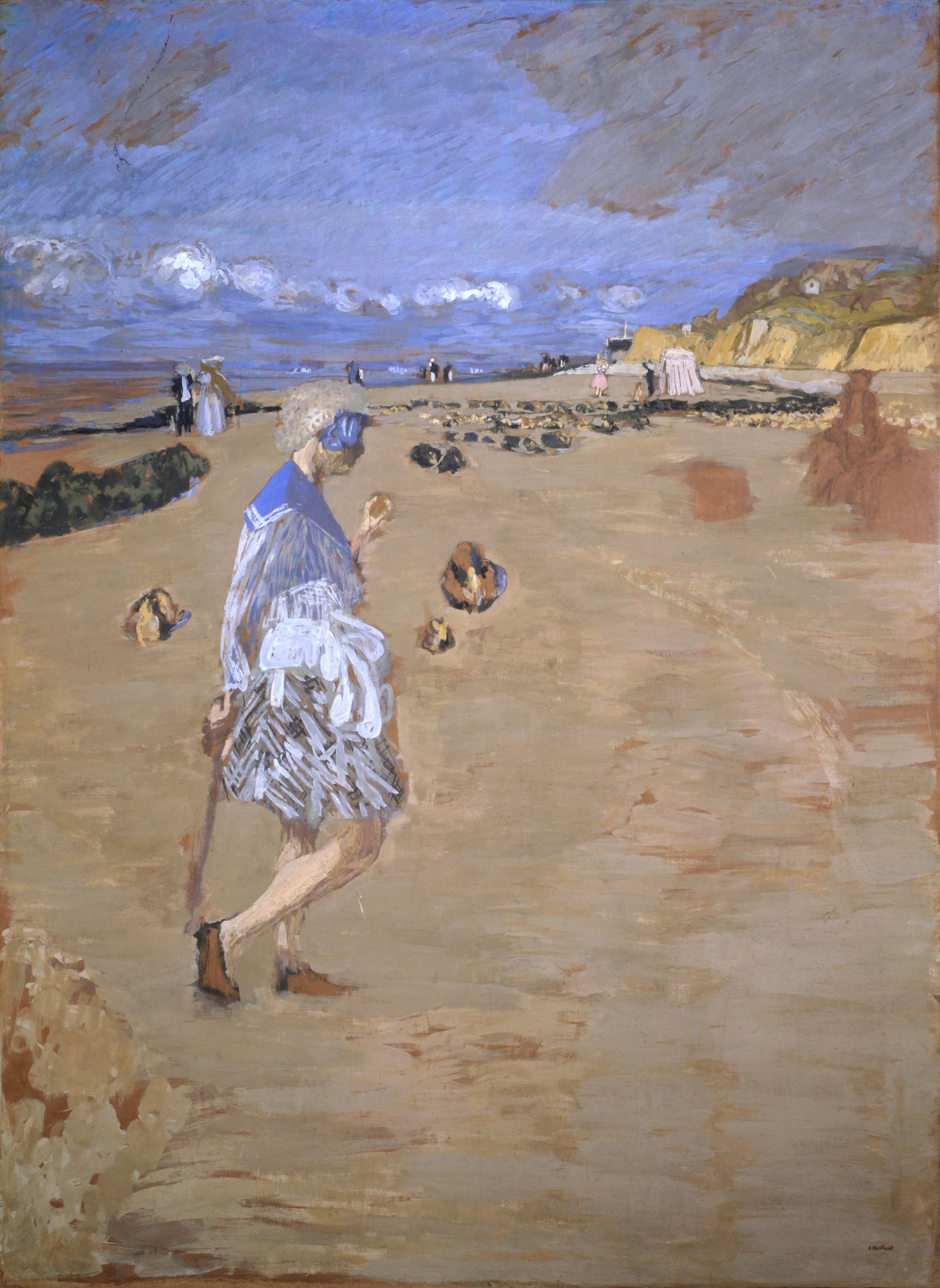
Finally, the dreamlike and cathartic power of Venice (based on Whistler’s drawings, and Claude Monet’s masterpiece, from a private collection – and which will certainly be very difficult to see again). More than mere illustrations, the paintings refer to the pictorial thought that is the “mental soil[5]”, from which Proust makes an inner reality emerge, “the genius consisting in the reflective power[6]” he says. Now this mental ground that he shares with the painters, indicates a situation of the subject, which makes “a world turn around him”[7]. Proust’s taste for art, which has the gift of renewing his desire and deepening the perception of reality, indicates to him a position of observer-narrator. Receiving and immersing us in the “anonymous substance[8]” of a worldly society – which is, from the “Sodom and Gomorrah” volumes onwards, divided in two by the Dreyfus affair – he becomes a singular subject who, according to Walter Benjamin, brings Proust closer to Kafka. Both authors, Benjamin says in a handwritten note, have the same ‘I’, ‘transparent, of glass’. “In these writers the subject takes on the camouflage colour of the planet[9]”
Proust, mirror of a reality, subject of transparent glass and thereby making a configuration of society transparent, reinitiates the process of political assimilation, into an aesthetic assimilation of reality by the stream of consciousness. It reverses a power relationship and produces a new narrative form that paradoxically inaugurates a tradition in the writing of reality (and of the self). Marguerite Duras also said that the lesson of Proust was: “suppose a man had read only one work, and that work was Proust’s, one might think that he himself could move on to writing”. She also assumes that there is a transparency of form in Proust, inaugural, since each reader will be able to follow the path of this narrative again – which is a distant echo of the “Now write this hymn” in Deuteronomy, as the form that remains, of the Jewish commandment to write the Torah, to become a scribe in short. Now the writing that remains is identical to the language of art, without religious content, and yet also, according to Proust, a place of experimental faith. Ruskin was the apostle of a religion of beauty, notably crystallised in his studies of Christian art, which has lost one content for another, made of stones, but stones erected by faith. Proust’s experimental faith, on the other hand, is one that subordinates reasoning to “other powers”, undoubtedly those of recollection and involuntary memory, of images of a past that reappear spontaneously or suddenly, and thus give the measure of time lost and found.
With Benjamin we can argue that Proustian narrative commemorates existence, and in this way extends a Jewish motif. Only, we must add the language of art, which is an intuitive language, filled with the life of forms, from which ideas are generated. “I draw what I see,” says Turner, “not what I know”[10], and in so doing he delivers a kind of knowledge about reality, above all he perpetuates a driving image of it, since in it Proust finds the springs of a desire. One would not move so much to see a field of poppies, but one would move to see a field of poppies painted by Monet, says Proust. Thus the perpetuation of an image of reality also commemorates existence, albeit with an aesthetic tone, and an affective background of attachment.
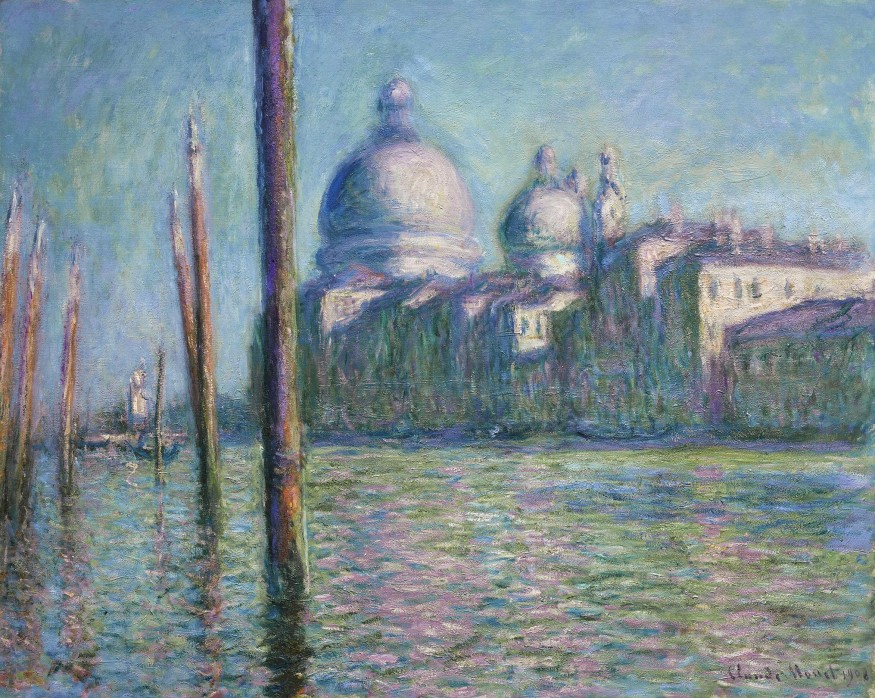
Claude Monet’s painting of Venice, which depicts it as always emerging from the waves, on the border of dream and reality, of the West and the East, corresponds to Proust’s descriptions. Venice with its ‘sapphire waters’, whose flow is unstable and makes ‘the neighbourhood mobile’, whose streets are shaded by ‘palaces of porphyry and jasper'[11], turns into an inner Venice, which however will lose its soul when Proust temporarily lets his mother go before him. So that if places matter and are juxtaposed (thus Combray and Venice), they always do so on this permeable mental ground that nourishes the gaze of the writer and the painter. It also allows us to adjust our gaze to a faltering society, challenged by the exclusions it generates. This context indicates how the narrator’s gaze is led to see not only beauty but also truth. The gaze of the invert and the Jew in Proust, whose conditions are paralleled to illuminate the similarities of two kinds of collective reprobation, is precisely a gaze that must neutralise the stigma of persecution, and make its way towards the primarily optical resolution of justice. Where do the inverts and the Jews see from? What is the inner place from which they have had to seal themselves off from external reprobation? In many ways, this place of consciousness corresponds to the metaphor of the deaf lantern of the writer Stevenson (also fond of narrative/drawing comparisons), a strange accessory that allows one to see without being seen. By doing so, the gaze gains access to secrets.
Avishag Zafrani
Notes
| 1 | Musée d’art et d’histoire du Judaïsme [Museum of Jewish Art and History] in Paris |
| 2 | ”Proust, on the mother side” |
| 3 | See also in K, ” by Milo Lévy-Bruhl, about the book Marcel Proust du côté juif, by Antoine Compagnon – who was an advisor to the exhibition proposed by the mahJ. |
| 4 | John Ruskin was a famous English art critic, read extensively by Marcel Proust, as well as translated by him and his mother, notably The Amiens Bible, published in 1884 (1904 for the French edition). |
| 5 | Expression taken from Du côté de chez Swann [Swann’s Way]. |
| 6 | A l’ombre des jeunes filles en fleurs [In the Shadow of Young Girls in Flower]. |
| 7 | Marguerite Duras, “Leçons de Marcel Proust”, radio broadcast by Robert Valette and Georges Gravier, 1963. |
| 8 | According to an expression by Nathalie Sarraute, ibid. |
| 9 | Walter Benjamin, On Proust |
| 10 | Marcel Proust, “Ruskin” |
| 11 | Albertine Disparue [The Fugitive], Chapter III. |

